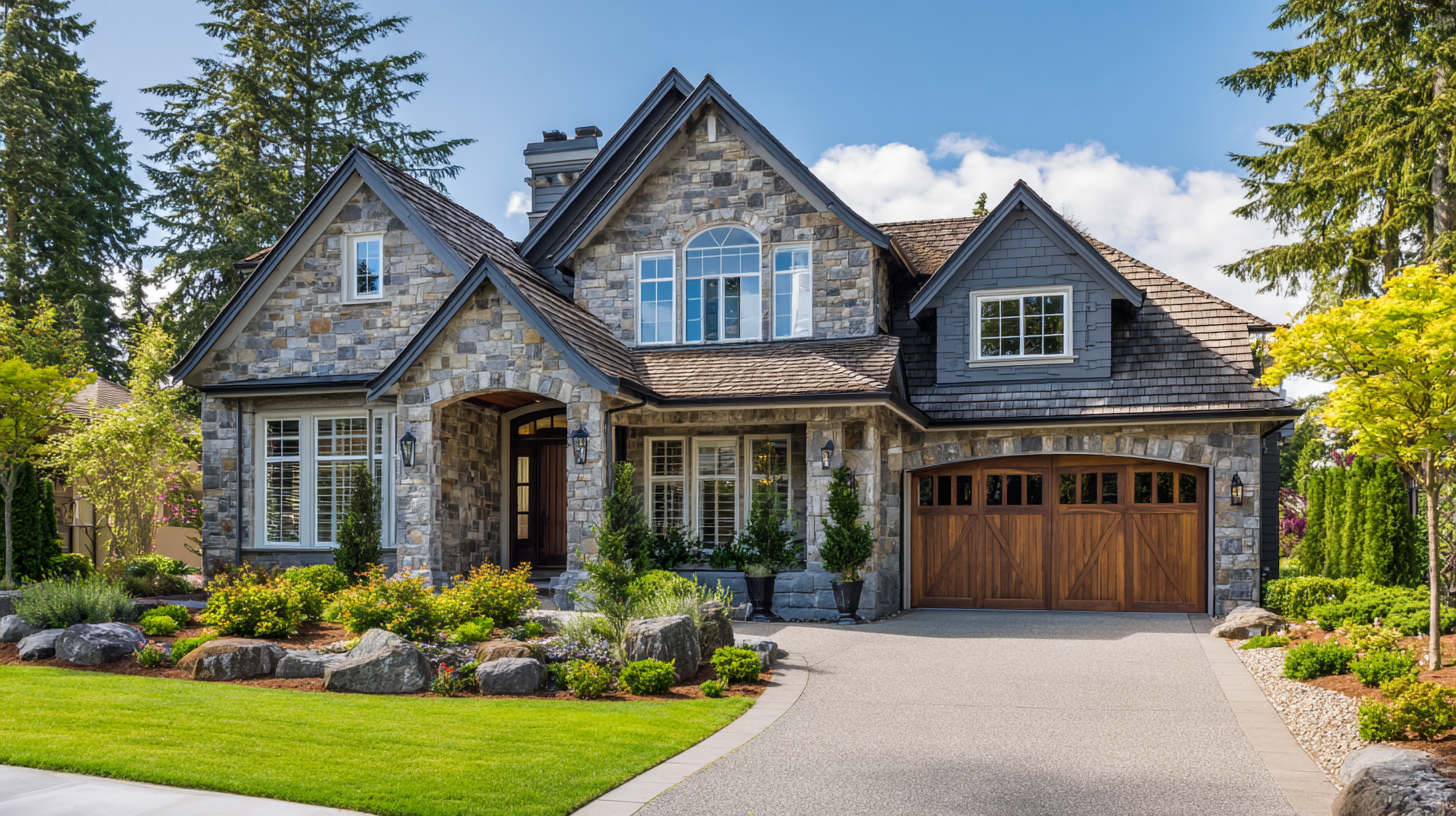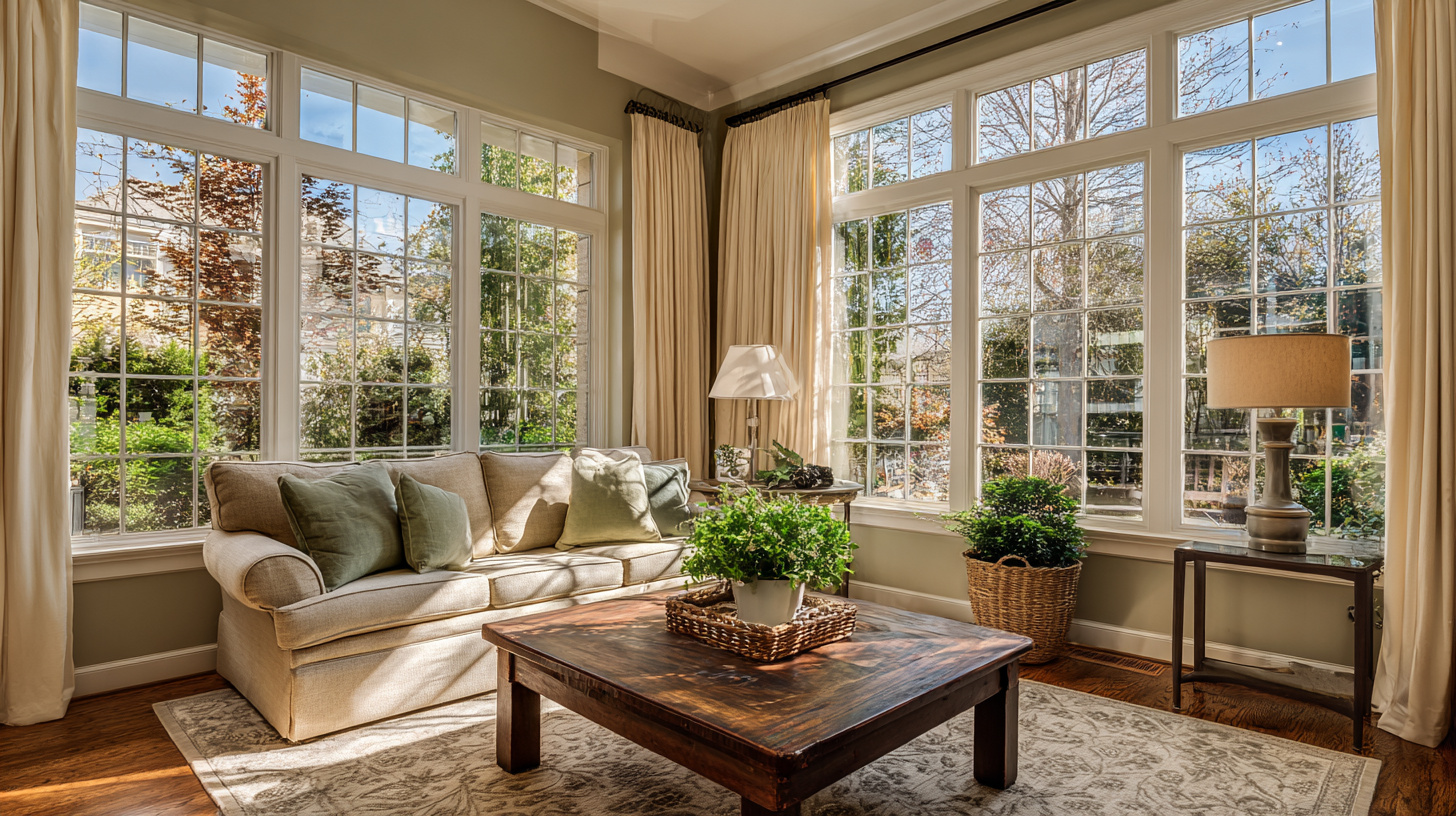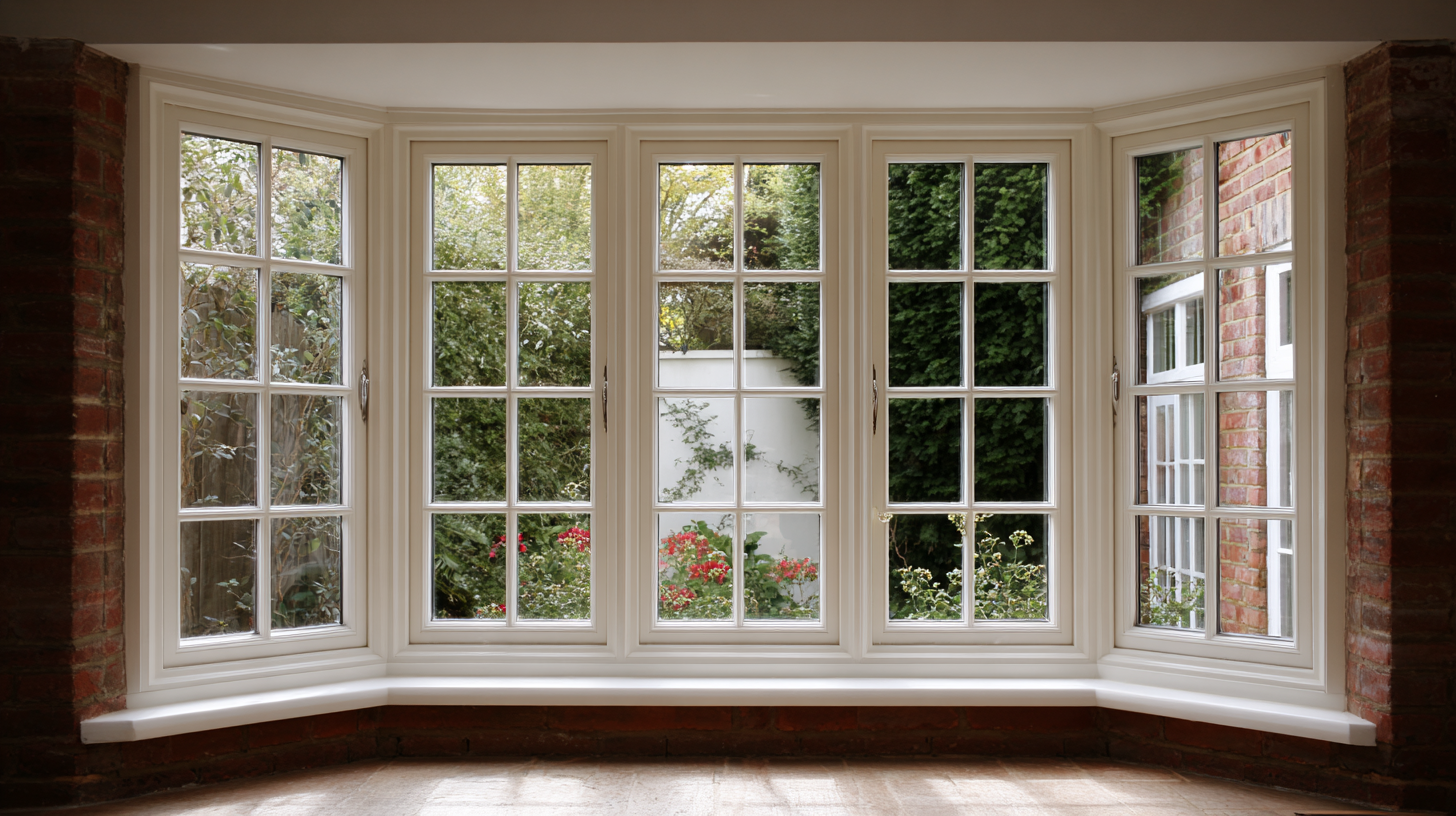How to Choose the Best Style Windows for Energy Efficiency Using Industry Insights
When selecting the best style windows for energy efficiency, it is important to consider both aesthetics and performance. According to the U.S. Department of Energy, windows account for 25% to 30% of residential heating and cooling energy use, underscoring their significant impact on overall energy efficiency. The right style windows not only enhance curb appeal but also can lead to substantial energy savings. In fact, a report from the Efficient Windows Collaborative reveals that properly selected and installed energy-efficient windows can reduce energy bills by an average of 12% to 20%. Additionally, advancements in glazing technologies and frame materials, such as low-E coatings and thermally broken frames, provide homeowners with options that minimize heat transfer, thereby contributing to a more sustainable living environment. As homeowners seek to balance energy efficiency with design, understanding the various window styles available and their respective benefits is crucial for making an informed choice.

Table of Contents
[Hide]
Understanding Energy Efficiency: Key Concepts and Benefits
Energy efficiency is a crucial aspect to consider when selecting windows for your home. It mainly refers to the ability of a window to minimize energy loss, thereby reducing heating and cooling costs. Understanding thermal performance, which includes concepts such as U-values, solar heat gain coefficients, and visible transmittance, is essential for choosing the right style of window. A lower U-value indicates better insulation, while the solar heat gain coefficient helps determine how much sunlight can enter a home, affecting its temperature and energy consumption.
The benefits of energy-efficient windows extend beyond cost savings. They contribute to increased indoor comfort by maintaining a stable temperature throughout the year and reducing drafts. Additionally, such windows can enhance a home’s resale value and lower its carbon footprint, promoting sustainability. By investing in windows designed with energy efficiency in mind, homeowners not only improve their living environment but also contribute positively to the broader goal of energy conservation and environmental protection.
Energy Efficiency of Different Window Styles
Identifying Window Styles: A Comparative Analysis for Efficiency
When selecting windows for energy efficiency, a comparative analysis of different window styles is crucial. Various industry reports indicate that window types such as casement and double-hung windows offer differing performance in thermal insulation and air infiltration. For instance, a report by the American Architectural Manufacturers Association highlights that casement windows, due to their tighter seals, can reduce air leakage significantly compared to traditional double-hung models. This makes them an excellent choice in regions where minimizing energy loss is paramount.
Furthermore, the efficiency of window materials plays a pivotal role in the overall performance. According to a study conducted by the U.S. Department of Energy, advanced glazing technologies, such as low-emissivity (Low-E) coatings, can improve energy savings by up to 30%. The comparative analysis of these options reveals that selecting windows equipped with advanced materials not only enhances energy efficiency but also contributes to long-term cost savings for homeowners. As the demand for sustainable building practices rises, understanding the nuances of window styles through comprehensive industry insights will empower consumers to make informed choices that align with their energy efficiency goals.

Materials Matter: Choosing the Right Frames for Insulation
When selecting windows for energy efficiency, the choice of materials used for frames is crucial. According to the U.S. Department of Energy, window frames can account for up to 30% of a window's overall energy performance. Materials like vinyl provide excellent insulation and are low-maintenance, while aluminum, though sleek and modern, often requires a thermal break to optimize its energy efficiency. Research from the National Association of Home Builders indicates that fiberglass frames have excellent insulation values and outperform traditional materials in energy efficiency.
Tips: Consider your climate when selecting window frame materials. In colder regions, vinyl or fiberglass frames can significantly reduce heating costs, while in warmer climates, low-emissivity (Low-E) glass combined with well-insulated aluminum may offer a balanced approach.
Additionally, the frame's design influences energy efficiency. Full-frame windows allow for better sealing and insulation compared to insert frames, which can reduce air leakage. According to the Efficient Windows Collaborative, properly installed windows can save homeowners up to $500 annually on energy bills, making the initial investment in high-quality frames worthwhile.
Glazing Options: Exploring Glass Types for Optimal Performance
When selecting windows for energy efficiency, the type of glazing used is crucial for optimal performance. There is a range of glass types, each offering distinct benefits. For instance, single-pane glass is less efficient compared to double or triple-pane options. Double-glazed windows incorporate two layers of glass, with a sealed air space in between that significantly reduces heat transfer. This design not only increases thermal insulation but also minimizes noise intrusion, making it a popular choice for energy-conscious homeowners.

Moreover, low-emissivity (low-E) coatings are an important feature to consider. These special coatings reflect infrared light while allowing visible light to pass through, helping to keep interiors warm during cold months and cool in the summer. Tempered and laminated glass are also worth mentioning; tempered glass offers increased strength and safety, while laminated glass provides an additional layer of insulation and soundproofing. By opting for the right glazing options, homeowners can enhance the energy performance of their windows, leading to reduced utility costs and a more comfortable living environment.
Professional Insights: Expert Tips for Selecting Energy-Efficient Windows
When selecting windows for energy efficiency, it's essential to rely on expert insights to make informed decisions. According to the U.S. Department of Energy, energy-efficient windows can reduce heating and cooling costs by 7-15% annually. This significant reduction in energy usage not only helps homeowners save money but also contributes to a more sustainable environment.
Tip 1: When evaluating windows, consider looking for those with Low-E (low emissivity) coatings. These coatings help reflect heat back into your home during winter and reduce heat gain in the summer, enhancing your home’s comfort.
Tip 2: Another critical factor is the window's insulation value, denoted by its U-factor. The lower the U-factor, the better the window will perform in terms of insulation. Industry studies suggest that windows with a U-factor of 0.30 or lower are among the best performers in energy efficiency.
By leveraging these industry insights and expert tips, you can select windows that not only meet your aesthetic needs but also significantly improve your home’s energy efficiency.
Related Posts
-

Ultimate Guide to Choosing the Perfect Style Windows for Your Home
-

How to Enhance Your Home Aesthetic with French Windows
-

Top Strategies for Sourcing Stylish Windows in a Competitive Global Market
-

Innovative Designs for Doors and Windows That Transform Spaces Globally
-

Exploring Unique Alternatives to Traditional Big Windows for Modern Spaces
-

Ultimate Guide to Choosing the Perfect House Windows for Your Home